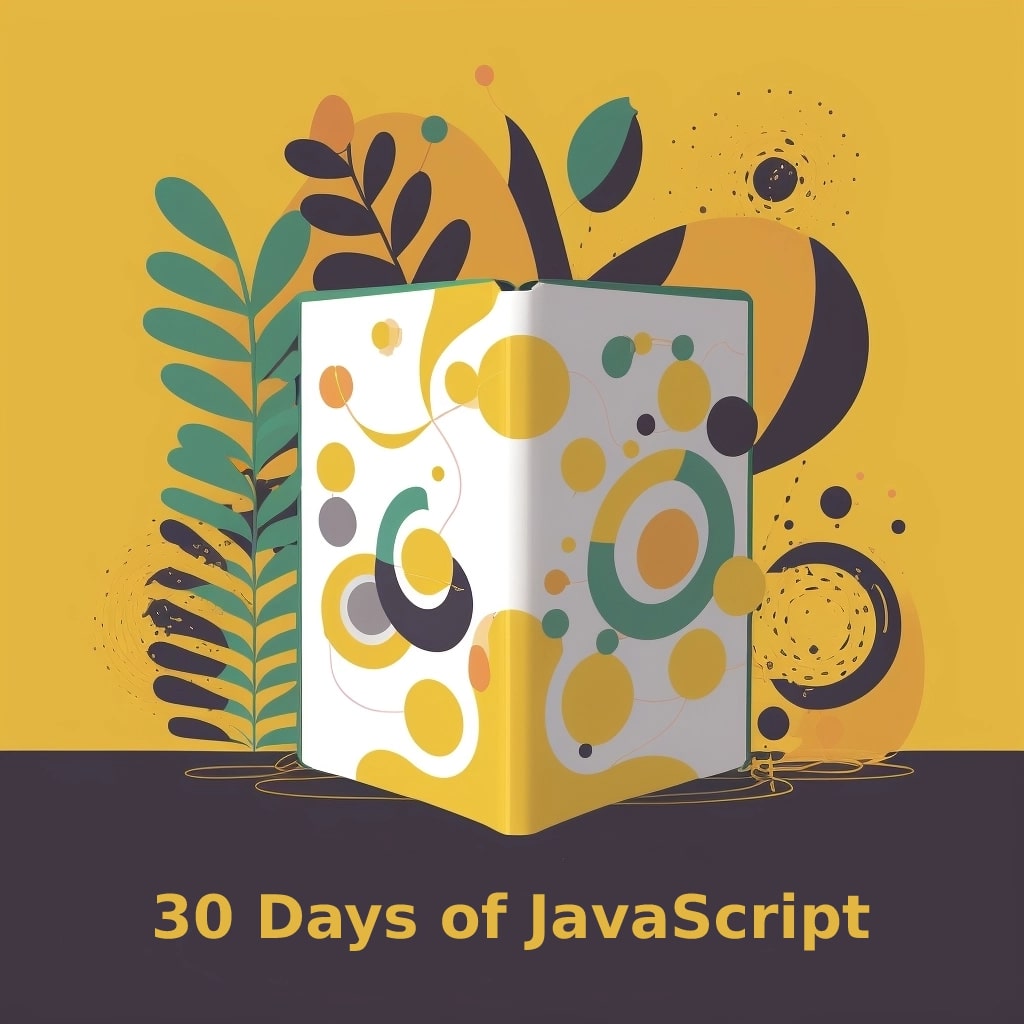Object-Oriented Programming (OOP) provides a structure that helps organize code following real-world concepts, making it more maintainable, scalable, and reusable. In JavaScript, OOP has taken different shapes over the years, and with the arrival of ES6, it’s more approachable than ever.
Part 1: Understanding Classes and Objects
1.1 What are Objects?
Objects are at the heart of JavaScript. They are containers that hold related data and functionalities. An object can contain:
- Properties: Attributes or characteristics of the object, like a car’s make or model.
- Methods: Functions or behaviors the object can perform, like a car’s ability to start or stop.
Creating Objects Using Literal Notation
const dog = {
name: 'Buddy',
breed: 'Golden Retriever',
bark: function() {
console.log('Woof! Woof!');
}
};
1.2 Introduction to Classes
A class serves as a blueprint for creating objects. It encapsulates properties and methods that are common to all objects of that type.
Creating a Class
class Person {
constructor(name, age) {
this.name = name;
this.age = age;
}
greet() {
console.log(`Hello, my name is ${this.name}`);
}
}
const john = new Person('John', 30);
john.greet(); // Hello, my name is John
Private Members
With the addition of private class fields, you can ensure that some properties are only accessible within the class:
class Person {
#secret;
constructor(secret) {
this.#secret = secret;
}
revealSecret() {
console.log(`The secret is ${this.#secret}`);
}
}
Part 2: Prototypal Inheritance
2.1 Understanding Prototypes
JavaScript objects have an internal property, [[Prototype]], that links to another object. This chain of objects is known as the prototype chain.
Using Prototypes
function Animal(name) {
this.name = name;
}
Animal.prototype.speak = function() {
console.log(`${this.name} makes a noise`);
}
class Dog extends Animal {
speak() {
console.log(`${this.name} barks`);
}
}
const dog = new Dog('Rex');
dog.speak(); // Rex barks
2.2 Composition over Inheritance
While inheritance promotes a ‘is-a’ relationship, composition fosters a ‘has-a’ relationship, offering more flexibility and less coupling.
Part 3: ES6 Classes and Object Composition
3.1 ES6 Enhancements
With ES6, classes became more powerful and simpler.
Static Methods
Static methods are called on the class itself, not on instances of the class:
class MathHelper {
static add(x, y) {
return x + y;
}
}
console.log(MathHelper.add(5, 3)); // 8
3.2 Object Composition
Instead of relying on inheritance, object composition allows you to build complex objects by combining simpler ones.
Part 4: Patterns and Best Practices
4.1 Factory Functions
Factory functions return a new object, allowing more flexibility and avoiding the pitfalls of this:
function createPerson(name, age) {
return {
name,
age,
greet() {
console.log(`Hello, I'm ${this.name}`);
}
};
}
const person = createPerson('Alice', 25);
person.greet(); // Hello, I'm Alice
4.2 Singleton Pattern
The singleton pattern ensures that a class has only one instance and provides a global point of access to that instance:
class Singleton {
static getInstance() {
if (!Singleton.instance) {
Singleton.instance = new Singleton();
}
return Singleton.instance;
}
}
Conclusion
Today, on Day 14 of our exploration into JavaScript, we have immersed ourselves in Object-Oriented Programming. From understanding classes and objects to grappling with prototypal inheritance and the sleekness of ES6 enhancements, we’ve covered a broad spectrum.
The journey through design patterns and best practices has unveiled ways to write more organized and reusable code. These insights not only help you as an individual developer but also shape the way teams can collaborate and build scalable applications.
As we close this chapter, remember that the world of JavaScript is ever-evolving, filled with opportunities to refine your skills and expand your creativity. Tomorrow, on Day 15, we will enter the crucial domain of Unit Testing in JavaScript. We’ll focus on ensuring that the code you craft is robust, reliable, and ready for real-world challenges.
See you in the next chapter, where we will elevate your coding journey to a new level of excellence!
We’ve tried our best to explain everything thoroughly, even though there’s so much information out there. If you found our writing helpful, we’d really appreciate it if you could buy us a coffee as a token of support.
Also, if you’re interested in learning more about WordPress, Javascript, HTML, CSS, and programming in general, you can subscribe to our MailChimp for some extra insights.

